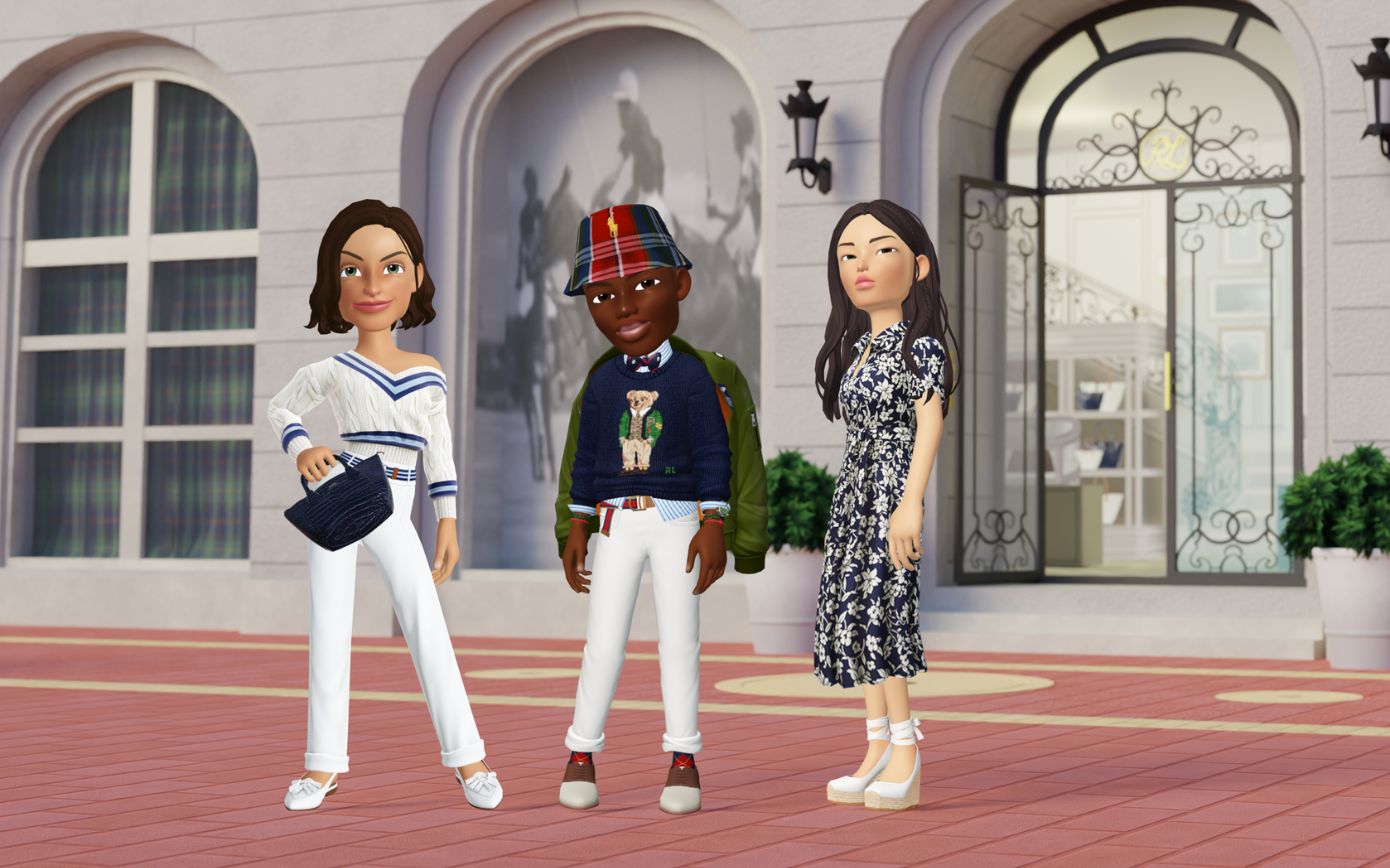We are witnessing seismic shifts in how we shop, what we buy and our attitude to consumption. Here’s a quick guide to the trends …
As it turns out, despite the acceleration of e-commerce driven by the Covid-19 crisis, and worries about a “retail apocalypse”, in-person shopping is very much alive. Not only did retailers need their stores to fulfill the spike in online orders, but the transformation of bricks and mortar stores into diverse, hybrid spaces (as brand marketing, product showrooms and more) is underway. Aggressive store opening plans on the part of established retailers and digital natives alike reinforces this idea. At the same time, according to a Business of Fashion report, social media platforms are making moves to embed the entire shopping journey, from discovery to checkout and shopping in the “Metaverse” is gathering momentum. Supporting inclusive brands, planet-friendly products and causes that matter is increasingly important to shoppers. Retailers and brands must go beyond providing consumers value for money, to demonstrate real and verifiable sustainability and social responsibility credentials …
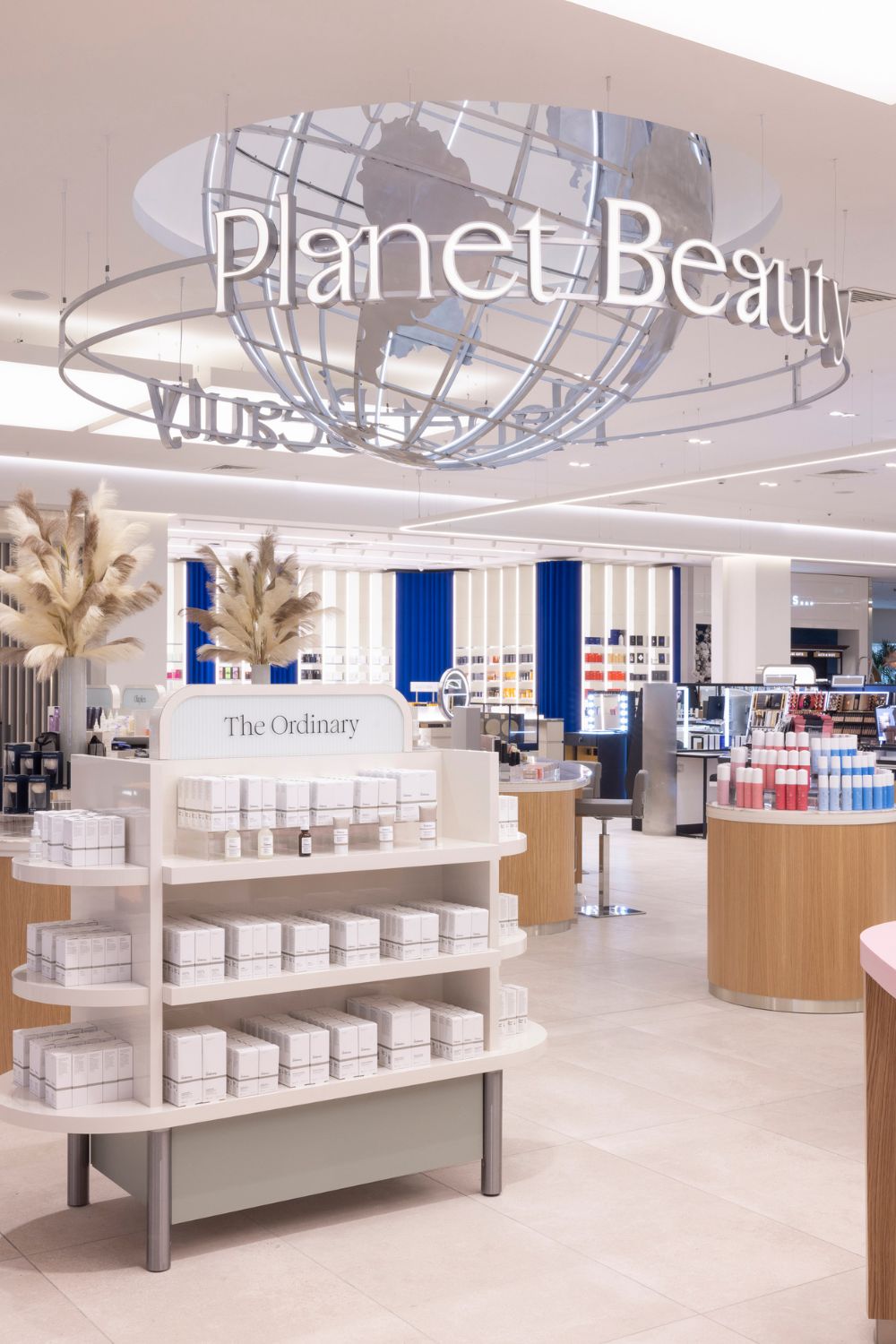
How will we shop this year?
In Real Life
This extraordinary episode in the long-running saga of fashion retail could be called “The Store Strikes Back”. During pandemic lockdowns, bricks and mortar stores became fulfilment centres for increased online sales but are now re-settling into a new hybrid groove. Online sales are solid, say retailers, but customers want to browse and buy in store again. From small boutiques with a loyal following, to suburban shopping centres, to department stores, all are rebounding or even expanding, as evidenced by the opening of the Brown Thomas store at Dundrum Town Centre in South Dublin, which offers an innovative shopping experience and services.
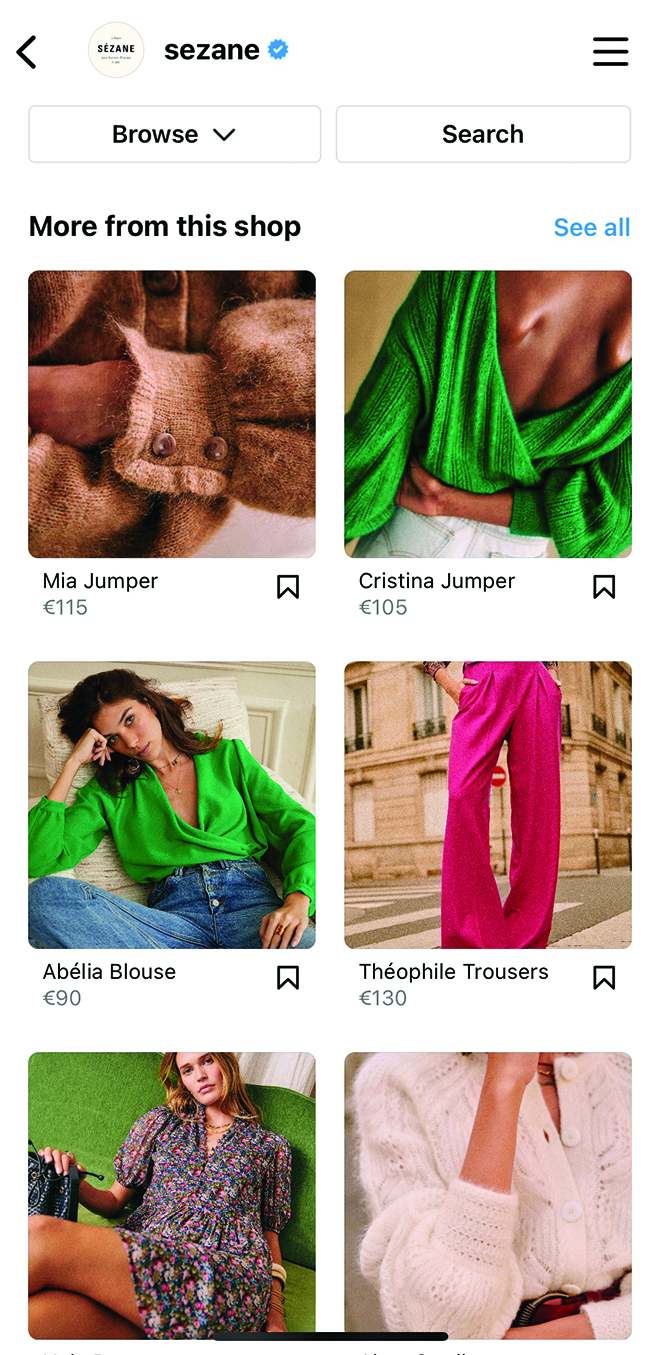
On Social Media
An evening scroll has replaced an evening stroll for many of us. Shopping on Instagram has become a near-seamless experience and dangerously easy: Sit on sofa with phone in hand, spot an eye-catching photo or watch a seductively gorgeous video, fall hard for a dress, jacket, blouse, bag, shoes or boots, add to basket, and proceed to checkout for an instant one-tap purchase (thanks to an integrated app like Shop, which stores all addresses and card data). From discovery to checkout: social media platforms are making moves to enhance the entire shopping journey, adding livestream sales, integrated product catalogues and augmented reality (AR) try-on.

In The Metaverse
As digital environments – from social media to gaming platforms to virtual reality – come of age, they are transforming from linear, transaction-focused spaces into multi-dimensional, experiential and collaborative virtual worlds. Tech-savvy younger cohorts are spending increasing amounts of time in these spaces and brands see this emerging “Metaverse,” in which people work, play, socialise and shop, as an opportunity to engage more deeply and creatively with their customers. “There is probably an underestimation of the value being attached to individuals who want to express themselves in a virtual world with a virtual product, through a virtual persona,” Gucci’s Robert Triefus told The Business of Fashion, citing the 19 million visitors who visited the Gucci Garden, an online world where shopping and experience were intertwined. Shopping in the metaverse can include buying tangible products as well as NFTs – non-fungible tokens.

Speaking of NFTs …
Digital assets in the form of virtual fashion and non-fungible tokens (NFTs) are offering new ways for consumers to shop and exchange goods. What are NFTs? NFTs are unique crypto assets which are bought, sold and exchanged in the metaverse, usually with cryptocurrency. For its 200th anniversary, Louis Vuitton launched a video game with collectible NFT art that could be acquired by players in a story echoing the journey of the brand’s founder. Burberry created NFTs within the Blankos Block Party game, featuring digital vinyl toys. A limited-edition Burberry Blanko Sharky B NFT can be purchased, upgraded and sold. The collaboration also included branded in-game NFT accessories, including a jetpack, armbands and pool shoes. Dolce & Gabbana (pictured above) created a nine-piece collection of NFTs sold alongside physical couture which fetched the equivalent of $5.7m. The most likely fashion segments to lead the NFT charge are luxury and streetwear.
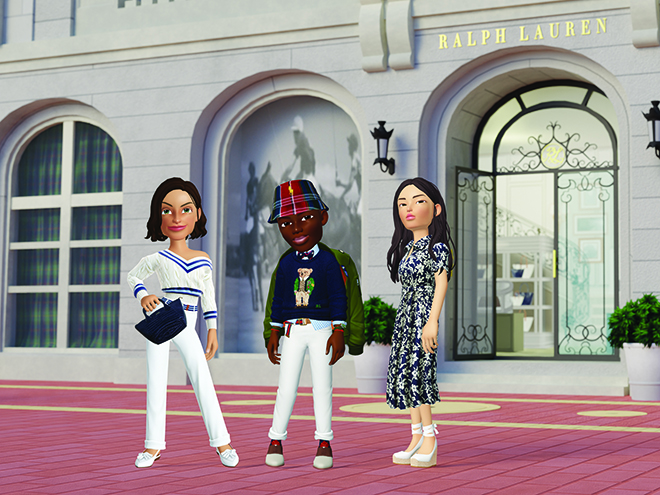
How is Gaming Progressing in Fashion?
Online gaming offers a platform to engage younger consumers and create buzz with cohorts that would not usually interact with brands in physical formats. Tapping into in-game merchandise allows brands to monetise digital assets where it is the norm to pay for elevated experiences. Naturally, as gaming increasingly becomes an extension of the real world, and with the pandemic supercharging participation, it has become a prime target for fashion brands. Engagement has taken the form of collaborations with gaming platforms to design virtual fashion assets. Ralph Lauren partnered with avatar simulation app Zepeto to create a virtual fashion collection, giving users the opportunity to dress their avatars (online gaming personas) in exclusive products, or appearance-altering “skins”, while Balenciaga teamed up with gaming giant Fortnite to unveil a collaboration including shoppable virtual and physical products.
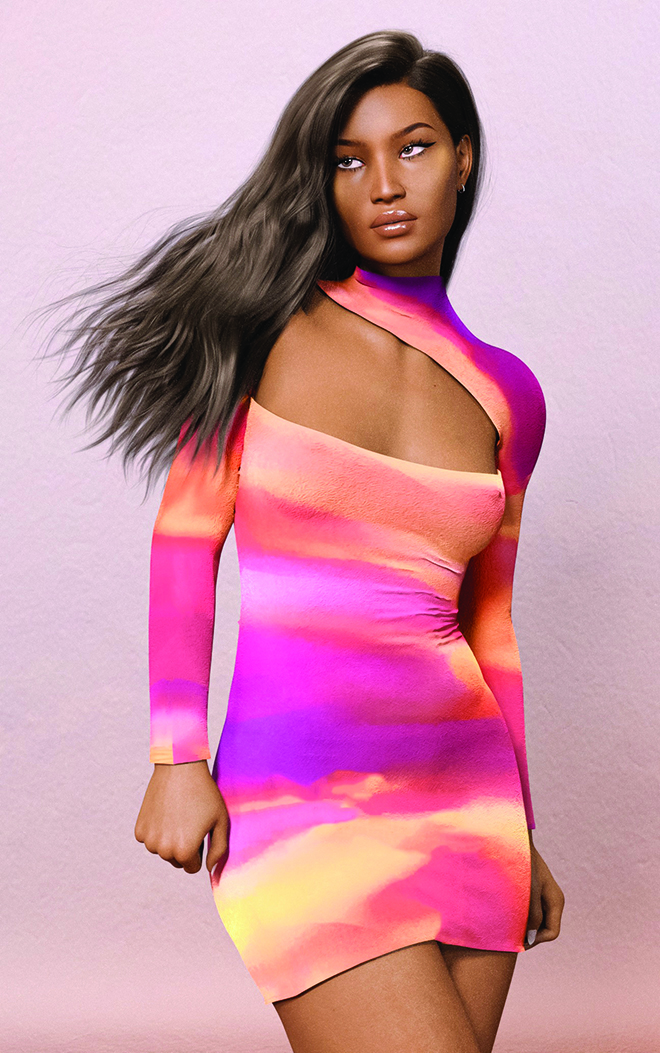
Virtual Models Are Now a Thing
Lil Miquela is an American CGI (computer-generated image) social media influencer who markets fashion brands, including Calvin Klein and Prada. As of last month, Miquela had over 3.1 million Instagram followers. UK-based social media-led fashion brand PrettyLittleThing announced recently via Instagram and Twitter a new member of the “PLT family,” in the form of its first virtual model (above) who marks the start of the label’s journey into the Metaverse. Some commented that it would create yet more unrealistic beauty standards. Another added: “Just pay people to be models instead of replacing them with virtual ones to lower your costs and increase your margins.”
Fashion’s Life Cycle
Stark reality: fewer than one per cent of garments are recycled into new clothing each year. The drive to develop a system called “Closed-loop recycling”, where clothes are recycled to supply the material used to create a new version of the same product, is gathering pace. Closed-loop recycling sees products retain their value indefinitely. Until the system is proven, we should all be aware that the average piece of clothing lasts for 3.3 years before being discarded but extending the life of a garment by an extra nine months reduces its environmental impact by 20 to 30 per cent. Closed-loop recycling, now starting to be rolled out at scale, promises to limit the extractive production of virgin raw materials and decrease textile waste. In Sweden, the world’s first industrial-scale, fully automated textile sorting plant has the capacity to sort 24,000 tonnes of textile waste a year. A Belgium-based company has launched Fibersort, an automated sorting machine that can sort around 900kg of post-consumer textiles per hour.
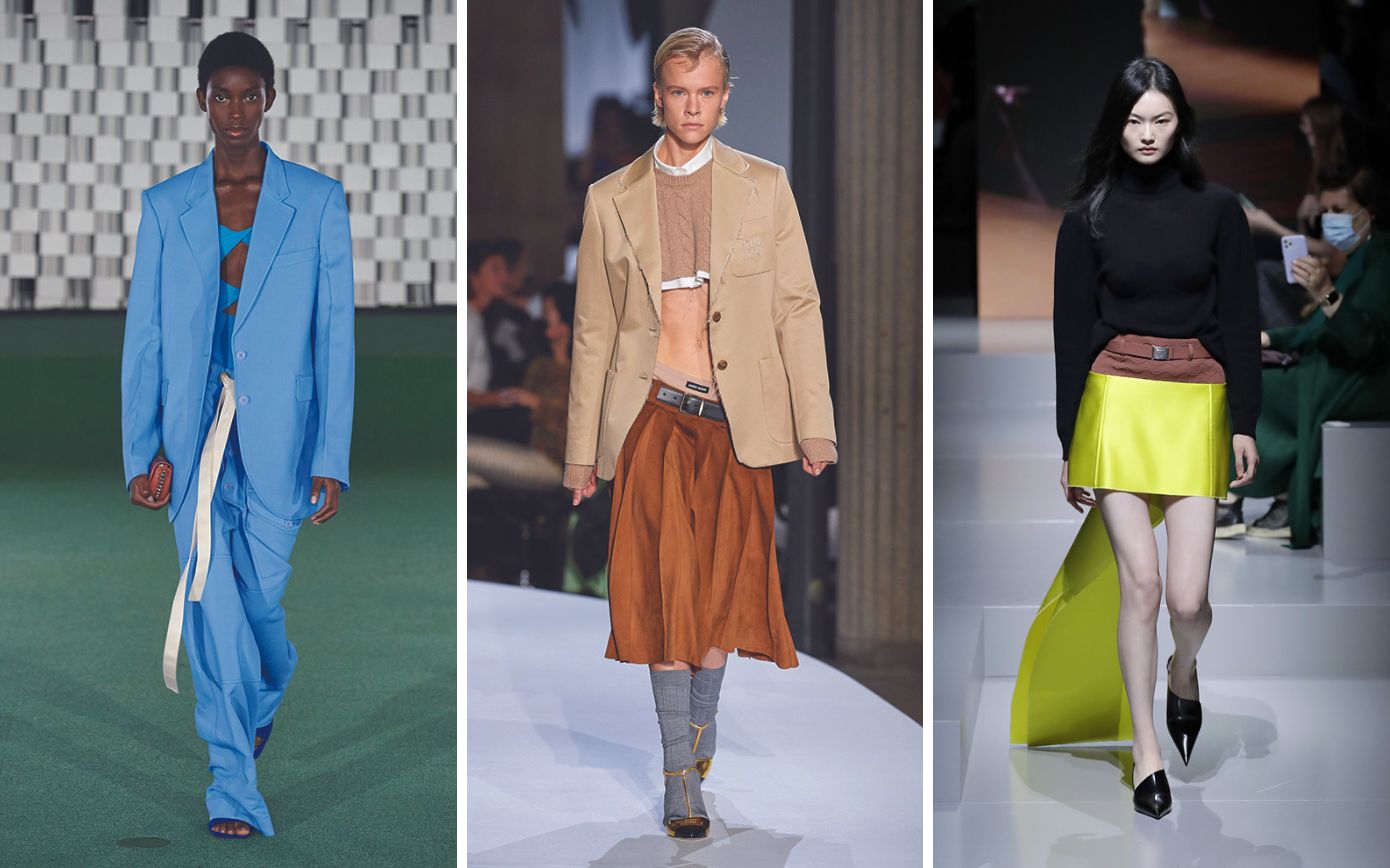
Finally, What Will We Buy This Year?
Bright Colours
In times of crisis, people revert to choosing shiny fabrics, bright colours, clothing that can inspire happiness. Expect an increased appetite for experimentation and self-expression as shoppers seek out more playful, energetic and even exhibitionist ways of dressing, boosting demand for novel designs, more adventurous colourways and creative pairings.
Informal Workwear
As we adopt new ways of working, including hybrid office/home patterns, workplace wardrobes have, by and large, remained more casual than before Covid. Even some traditional offices are replacing suits and heels with business-casual styles. Casualisation is a two-way street: leisure brands such as Lululemon and Athleta have expanded into daywear, while Hugo Boss has collaborated with Russell Athletic on suits in jersey fabric.
Higher Heels
As social lives resume, “revenge shopping” (a phenomenon where customers indulge in buying goods after being deprived of shopping and social events during a crisis such as a pandemic) means we are spending more than ever on big ticket items and special occasion outfits. As for footwear, we’re looking beyond the sneakers, sandals and slippers that ruled lockdown-era shopping: online searches for women’s heels are up more than 200 per cent.
Luxury Labels
After lounging (languishing?) in loungewear and sportswear for nearly two years, we are allocating greater wallet share to luxury labels, even as inexpensive impulse purchases remain an important part of the wardrobe mix for many. The sustainability message is resounding though: buy less, buy better.
LOVETHEGLOSS.IE?
Sign up to our MAILING LIST now for a roundup of the latest fashion, beauty, interiors and entertaining news from THE GLOSS MAGAZINE’s daily dispatches.






